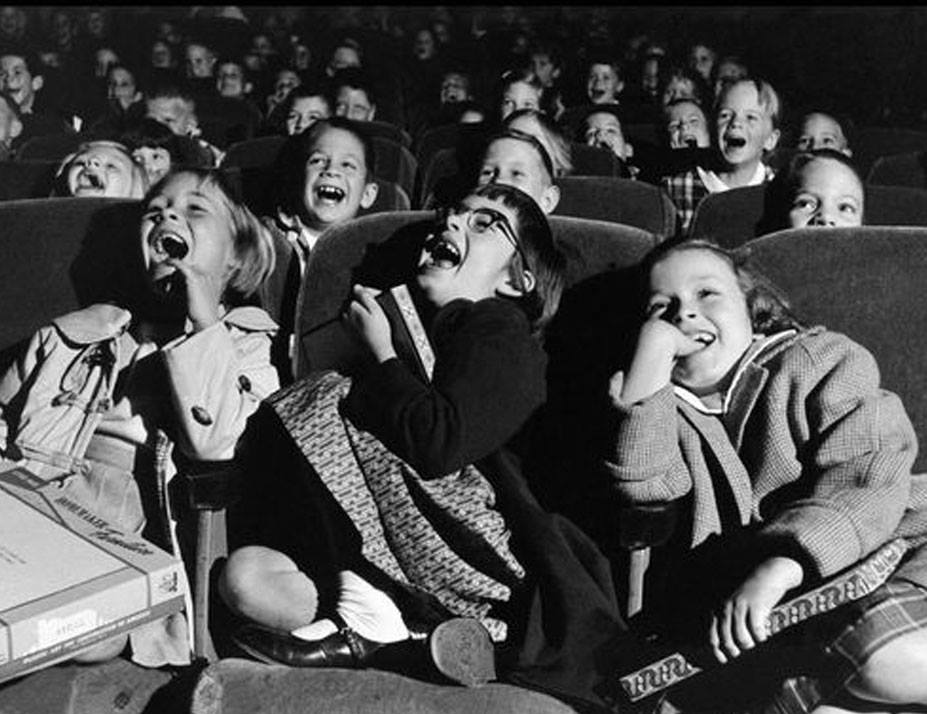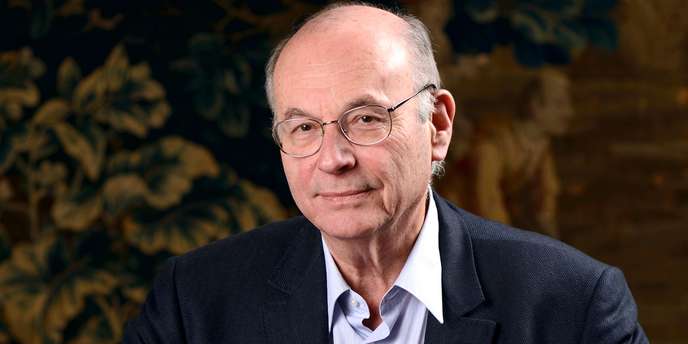
Laughter is the closest distance between two people.
–Victor Hugo
“The sound of laughter is universal” state linguists and psychologists. Humans are born with the instinct of laughter. Having asked the question “what makes people laugh?”, the philosophers of ancient Greece said that one laughs at his own past self, as well as at the sense of superiority they felt over others in the face of adversities and unexpected situations. 2500 years after Plato, Nietzsche argued that laughter is simply a reaction to the existential loneliness and sense of death people feel. When triggered by joy and humor, Freud confirmed that “laughter is good for health, regulates blood circulation, causes the secretion of happiness hormones”. He explained that laughter relieves the stress and psychic energy trapped in humans, thus helping overcome the feelings of sadness, anger, and disappointment.
Renowned neuropsychiatrist Boris Cyrulnik emphasizes the social and unifying function of laughter that brings people together:
If we laugh together, we are friends. There is a sense of intimacy between us. Laughter has such a socializing function. Those who do not laugh with us remain as strangers and we can be a little aggressive towards them. Imagine you are in a restaurant: If we are at a table where all our friends laugh, we laugh with them. But if people are loudly laughing at the next table, their laughter causes us discomfort […] Laughter is a sensory response which we give as some animals do. It is not humor – but still important.

Boris Cyrulnik recounts the different types of laughter according to the underlying reasons:
Dominating laughter
“Many dictators, oppressors use laughter to hurt and humiliate others. In dictatorial regimes, the rulers mock those under their power and humiliate them with sarcastic laughter.”
The laughter of resistance
“If the dictators have laughter, so do the insurgents. For example, during World War II, the youth who resisted against the regime collaborating with Germany, used laughter to tease and challenge the dictatorship, and driven many to laugh along with them. These young people known as “Bachibouzouk” rebels of France are recorded with their resisting laughter in the history of World War II.
Nervous laughter
Boris Cyrulnik explains the nervous laugh as “the laughter of an uncomfortable, uneasy person”. He pretends to laugh or giggle at the end of his sentences to relieve his discomfort and it is “not a real laugh or a laughter of joy, but rather serving to calm his anxiety.”
Unexpectedly irresistible laughter
The example of the humorous trousers: “If someone ostentatiously goes on stage and suddenly his trousers fall off, such a scene will always make you laugh.” This kind of laughter is our instinctive response to something wrong, unexpected or out of the ordinary.
Defensive laughter
Laughter has the function of distancing ourselves from an experienced or possible drama, it helps to distance ourselves from tragedy by transforming our negative state of feelings. In dealing with the representations of illness and death, laughter aligns the distance we need between our self and the living drama so as to manage our feelings on board and help reduce the fear of confronting reality.
As Dante wrote in his eternal book –The Divine Comedy, human beings live as if they are never going to die, the pretense play which helps to accept and endure the sufferings of the ephemeral life.
In all laughter that comes with creation, perhaps the truest and the purest is the heartfelt laughter of babies and children spontaneously flickering hope, and arousing the joy of being human after all, then we smile too.
Duygu Bruce
France Inter, excerpts from the interview with Boris Cyrulnik made on August 6, 2020 https://www.psychologicalscience.org/observer/the-science-of-humor-is-no-laughing-matter







